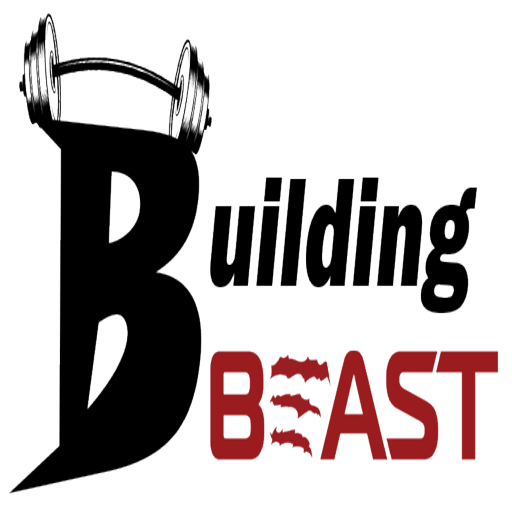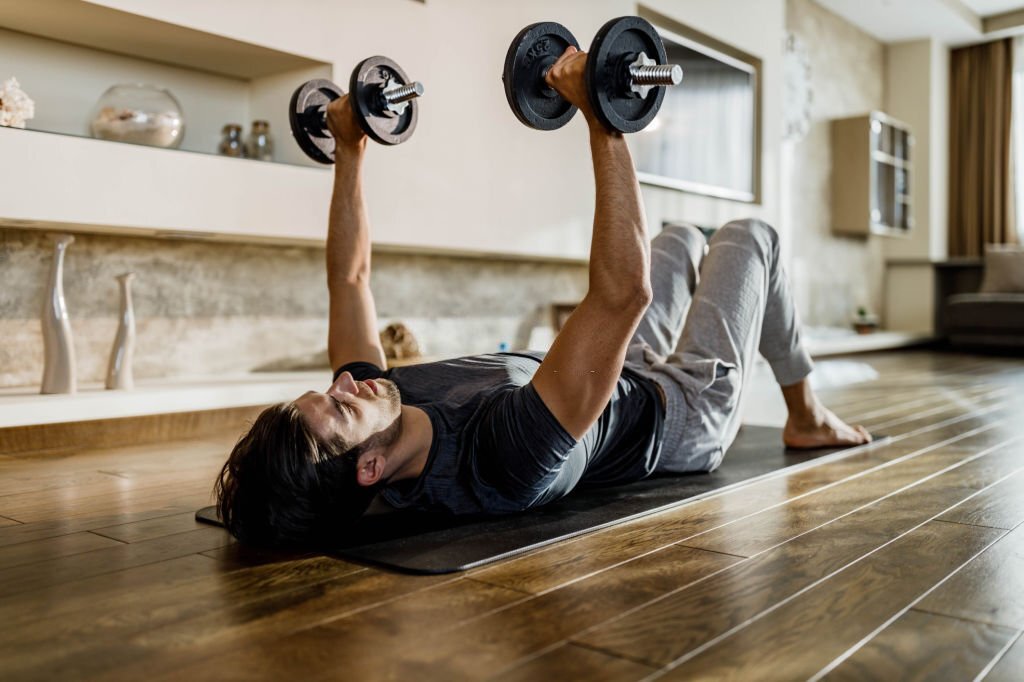Are you looking for a way to tone your chest muscles without leaving the comfort of your home? Look no further than dumbbell chest workouts! With just a set of dumbbells and a flat bench or stability ball, you can achieve a solid and toned chest.
Why Dumbbell Chest Workouts?
Dumbbell chest workouts have numerous benefits for both men and women looking to tone and strengthen their chest muscles. Here are some of the top benefits of incorporating dumbbell chest workouts into your fitness routine:
- Builds strength: Dumbbell chest exercises such as the chest press, fly, and pullover can help build strength in your chest muscles, making everyday activities easier and improving your overall fitness.
- Tones and shapes your chest: By targeting the pectoral muscles, dumbbell chest workouts can help tone and shape your chest, giving it a more defined look.
- Improves posture: A strong chest can help improve your posture, reducing the risk of back pain and other posture-related issues.
- Increases upper body stability: Dumbbell chest exercises require you to engage your core and upper body muscles for stability, helping to improve your overall balance and coordination.
- Promotes fat loss: By increasing muscle mass in your chest, dumbbell chest workouts can help promote fat loss and improve your overall body composition.
- Convenience: Dumbbell chest workouts can be done at home with minimal equipment, making it a convenient option for those who can’t make it to the gym or prefer to work out at home.
Overall, incorporating dumbbell chest exercises into your fitness routine can have a variety of benefits for both your physical health and appearance.
Top Dumbbell Chest Exercises
Here are some of the best dumbbell chest exercises that you can do at home:
1. Dumbbell Bench Press
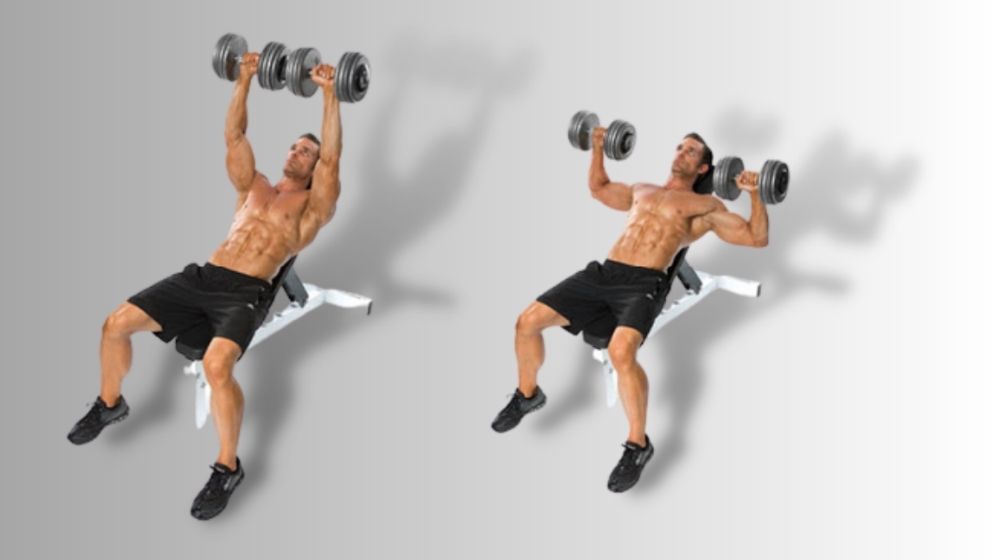
- Lie flat on a bench with your feet flat on the ground.
- Hold a dumbbell in each hand at chest level, with your palms facing away from your body.
- Slowly lower the dumbbells until your elbows reach a 90-degree angle.
- Press the dumbbells back up to the starting position, fully extending your arms.
- Repeat for 10-15 reps.
2. Incline Dumbbell Fly
- Adjust the bench to a 45-degree incline.
- Hold a dumbbell in each hand, with your palms facing each other.
- Extend your arms straight up over your chest.
- Slowly lower the dumbbells out to your sides, keeping your arms straight.
- Return the dumbbells to the starting position.
- Repeat for 10-15 reps.
3. Decline Dumbbell Fly
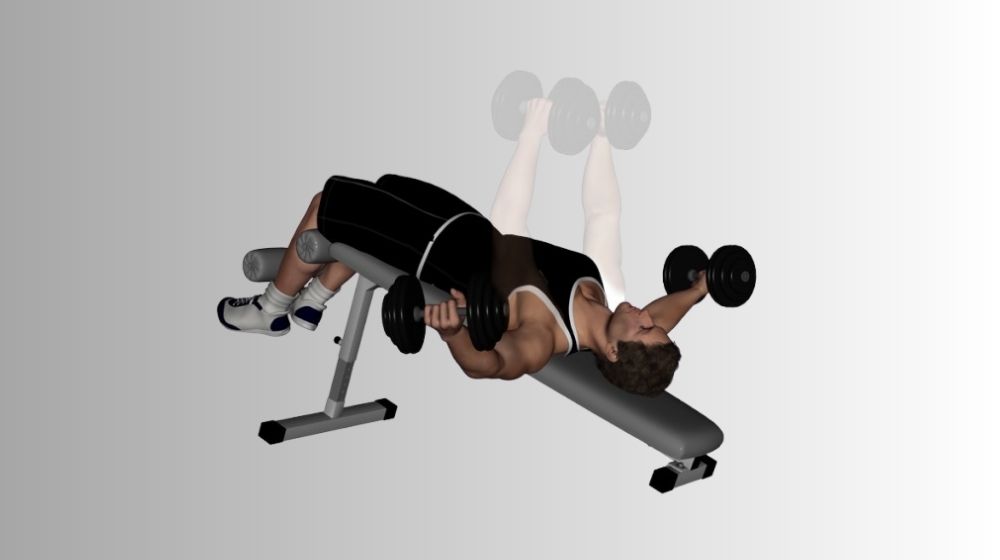
- Adjust the bench to a 45-degree decline.
- Hold a dumbbell in each hand, with your palms facing each other.
- Extend your arms straight up over your chest.
- Slowly lower the dumbbells out to your sides, keeping your arms straight.
- Return the dumbbells to the starting position.
- Repeat for 10-15 reps.
4. Push-Ups with Dumbbell Row
- Assume a push-up position, with a dumbbell in each hand.
- Perform a push-up.
- At the top of the push-up, perform a one-arm dumbbell row, pulling the weight up to your chest.
- Return the dumbbell to the ground and perform another push-up.
- Repeat the row on the opposite arm.
- Continue for 10-15 reps.
5. Single-Arm Dumbbell Press
- Hold a dumbbell in your right hand, with your elbow bent and your palm facing forward.
- Extend your arm up, fully extending your elbow.
- Lower the weight back down to your starting position.
- Repeat for 10-15 reps on each arm.
6. Dumbbell pullover
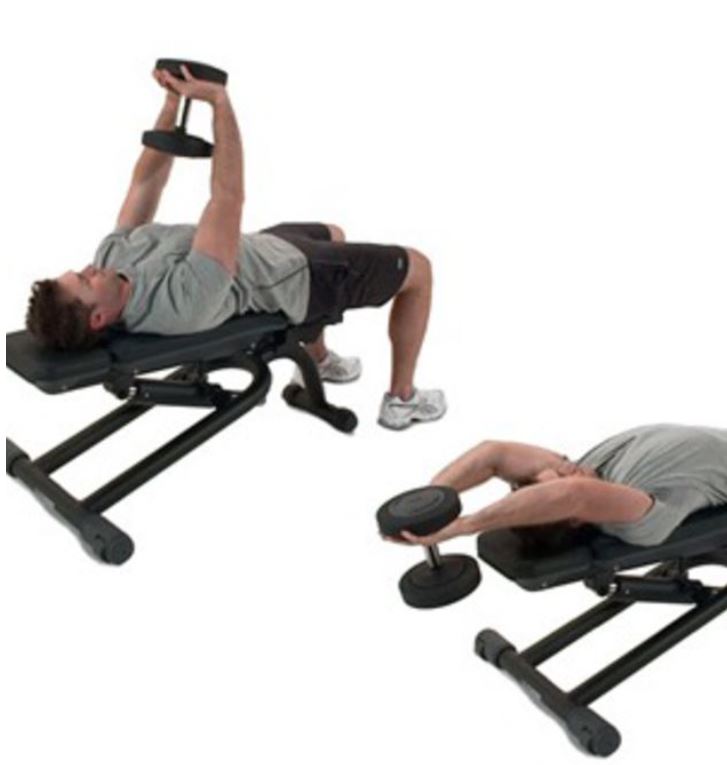
- Lie with your upper back on a bench, feet on the ground,
- Hold a dumbbell with both hands above your chest.
- Lower the weight behind your head, keeping your arms straight.
- Lift it back up to the starting position.
7. Incline dumbbell press
- Lie on an incline bench with a dumbbell in each hand.
- With your palms facing forward, push the dumbbells up and together above your chest,
- Lower them back down to the starting position.
8. One-arm dumbbell press
Hold a dumbbell in one hand and sit on a bench. With your free arm, hold onto the bench for support. Press the dumbbell up with your working arm until your arm is fully extended, then lower it back down.
9. Dumbbell hex press
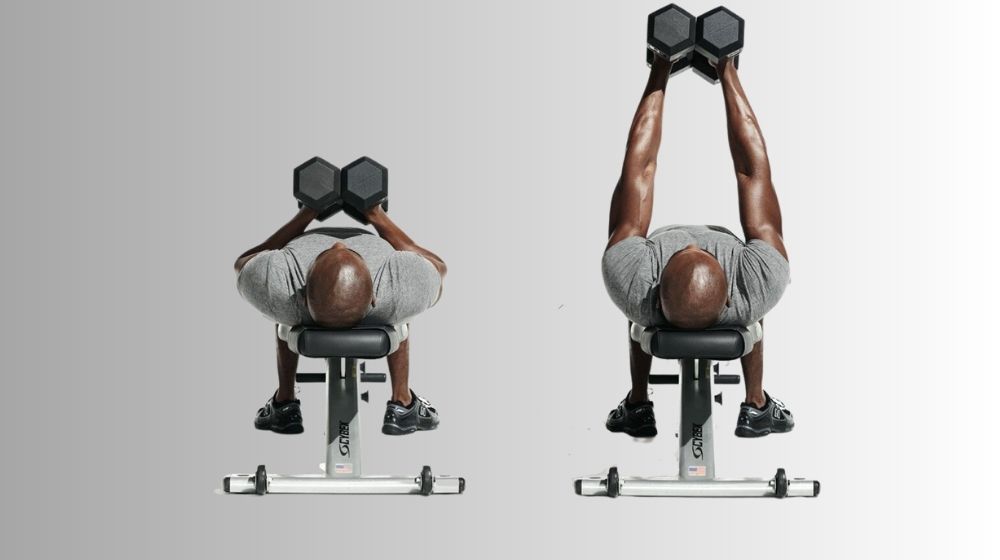
Lie on your back with your knees bent and feet flat on the ground. Hold a dumbbell in each hand and bring them together above your chest. Lower the weights down to either side of your chest and then press them back up to the starting position.
Tips for Effective Dumbbell Chest Workouts
To get the most out of your dumbbell chest workouts, follow these tips:
- Focus on proper form: Make sure you are using the proper form for each exercise to avoid injury and get the most benefit.
- Use a variety of exercises: Mix up your dumbbell chest workouts with different activities to target different areas of your chest and avoid boredom.
- Increase weight gradually: Start with lighter weights and gradually increase the weight as you get stronger to avoid injury.
- Rest between sets: Take short breaks between sets to allow your muscles to recover and reduce the risk of injury.
- Stay hydrated: Drink plenty of water before, during, and after your workout to stay hydrated and energized.
Tips To Make Your Workout More Effective
If you want to make the most out of your dumbbell chest workout, here are some tips to help you make your workout more effective:
- Focus on proper form: It’s important to maintain proper form when performing dumbbell chest exercises to avoid injury and target the intended muscle group. Be sure to keep your shoulders down and back, engage your core, and avoid arching your back.
- Increase weight gradually: As you get stronger, gradually increase the weight of your dumbbells to continue challenging your muscles and promoting muscle growth.
- Vary your exercises: Incorporating a variety of dumbbell chest exercises into your workout will help target different areas of your chest and prevent boredom.
- Use a full range of motion: Make sure to use a full range of motion when performing chest exercises to fully engage your chest muscles and maximize your results.
- Rest between sets: Allow your muscles time to rest between sets to prevent fatigue and injury. Aim for 1-2 minutes of rest between sets.
- Incorporate compound exercises: Compound exercises, such as the dumbbell chest press, work for multiple muscle groups at once and can help you get more out of your workout.
- Don’t neglect your back: Strengthening your back muscles can help improve your posture and reduce the risk of injury, so be sure to incorporate back exercises into your overall fitness routine.
By following these tips, you can make your dumbbell chest workout more effective and get the most out of your time and effort in the gym.
Also, check Resistance Bands for Strength Training: Benefits and Exercises.
FAQs
How often should I do dumbbell chest workouts?
A: It’s recommended to do dumbbell chest workouts 1-2 times per week, with at least a day of rest in between.
How many sets and reps should I do?
A: Aim for 3-4 sets of each exercise, with 10-15 reps per set.
Can I do dumbbell chest workouts without a bench?
A: Yes, you can perform dumbbell chest exercises without a bench by lying on the ground or using a stability ball.
What weight should I start with?
A: Start with lighter weights and gradually increase the weight as you get stronger and more comfortable with the exercises.
How long should my dumbbell chest workout be?
A: A typical dumbbell chest workout should last around 30-45 minutes, depending on the number of exercises and sets performed.
Conclusion
Dumbbell chest workouts are an effective and convenient way to tone and strengthen your chest muscles from the comfort of your own home. With a variety of exercises to choose from and the ability to adjust the weight to your fitness level, you can achieve a strong and toned chest in no time.

